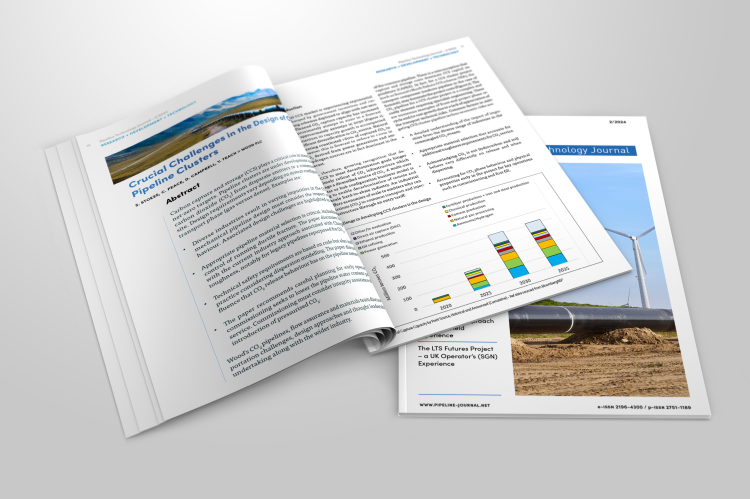Crucial Challenges in the Design of CO2 Pipeline Clusters

Crucial Challenges in the Design of CO2 Pipeline Clusters
Carbon capture and storage (CCS) plays a critical role in meeting global net-zero targets. Pipeline clusters are under development to transport carbon dioxide (CO2) from disparate emitters to a common injection site. Design requirements vary depending on system configuration and transport phase (gas versus dense). Examples are:
- Diverse industries result in varying impurities in the CO2 and the mechanical pipeline design must consider the impact on fluid behaviour. Associated design challenges are highlighted in the paper.
- Appropriate pipeline material selection is critical, including adequate control of running ductile fracture. The paper discusses limitations with the current industry approach associated with Charpy V-notch toughness, notably for legacy pipelines repurposed for CO2.
- Technical safety requirements are based on code but also industry best practice considering dispersion modelling. The paper discusses the influence that CO2 release behaviour has on the pipeline network design.
- The paper recommends careful planning for early operations. Pre-commissioning seeks to lower the pipeline water content prior to CO2 service. Commissioning must consider integrity assurance during first introduction of pressurised CO2.
Wood’s CO2 pipelines, flow assurance and materials team discuss CO2 transportation challenges, design approaches and thought leadership they are undertaking along with the wider industry.
